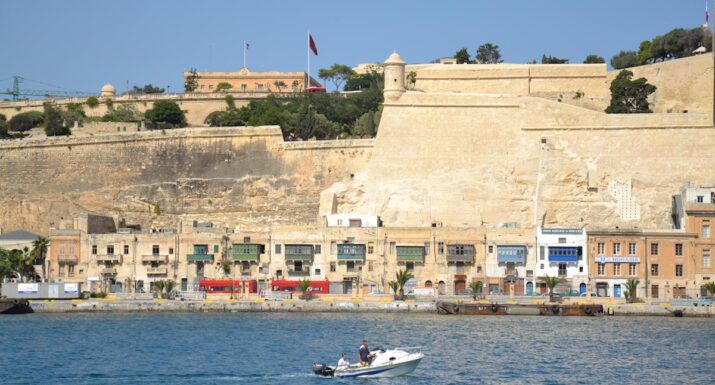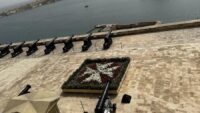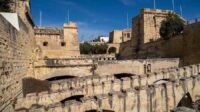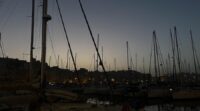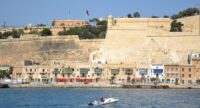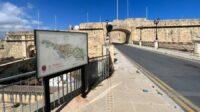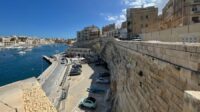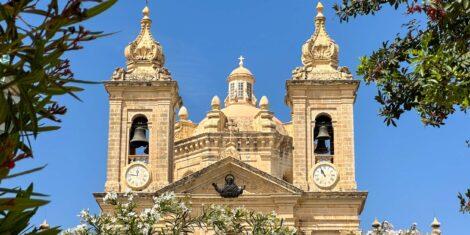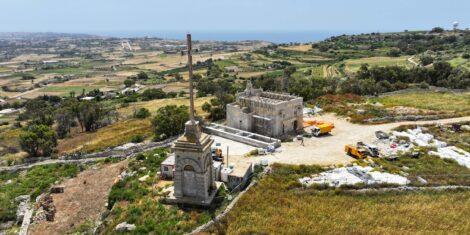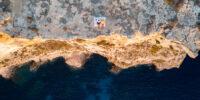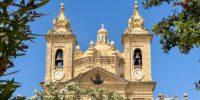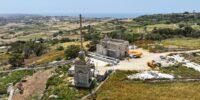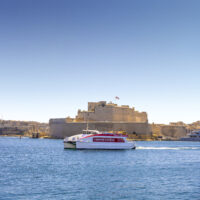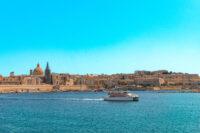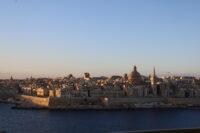Landing in Malta during the day is quite a treat. As you’re flying over the ports you can’t help but notice the beautiful fortifications that grace the capital’s peninsula.
These fortifications were built by the Order of St. John during their stay here from 1530 to 1798. They are an excellent example of early modern European military architecture.
The Origins of the Fortifications
After the islands were granted to the Knights of St. John in 1530, the Order were in the middle of an ongoing conflict with the Ottoman empire. Therefore, fortifying the islands instantly became a priority. The only hesitation that held them back at the time was that they themselves weren’t sure if they wanted to stay on the islands.
The first Grand Master, L’Isle Adam chose Fort St. Angelo for his headquarters. And with the help of European and Maltese craftsmen and masons, there were several repairs done. Much of it was in the three cities area.
The studies on the harbor and the fortifications, and the developments made on the forts proved successful. In 1551 Dragut first attacked the islands but was quickly dissuaded.
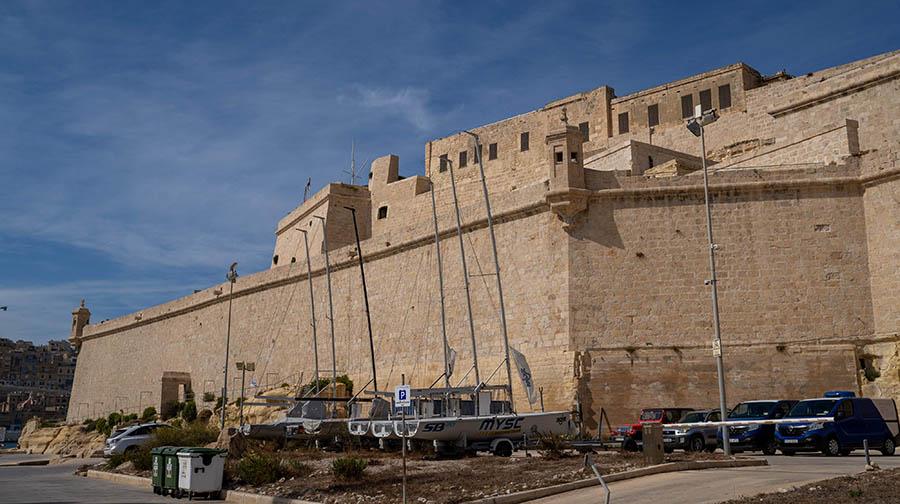
The strategy of the Fortifications
St. Elmo [Valletta]
Due to the high network of the Knights, a great architect by the name of Antonio Ferramolino was sent from Bergamo to help the Knights plan what today is the Grand Harbor. His primary focus and concern was to erect a fortress on Sceberras heights.
His reasoning probably stemmed from the lack of tactical positioning of St. Angelo and Birgu, hidden behind the Sceberras hill.
The prolonged contemplations came to a halt when the Ottoman Turks captured Tripoli. At this point, the Knights requested the engineer Pietro Prado to come to Malta. He was to assist them and Ferramolino, in the building of St. Elmo and St. Michael.
In 1552, the old Aragonite watchtower on Sceberras was destroyed and instead the building of St. Elmo began.
Mdina and Birgu
Whilst all of this was happening, Prado directed the Order on improving the defense works of Birgu and Mdina. This was vital for what eventually happened during the siege of 1565.
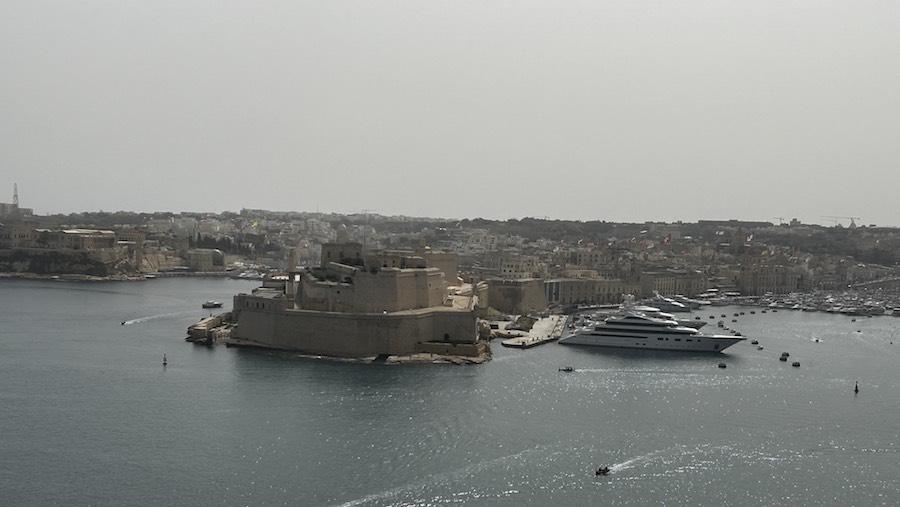
The Siege and Its Aftermath
The newly built St. Elmo unfortunately fell under the Ottomans during the Great Siege. But luckily, with cooperation of the locals and the Knights, as well as reinforcements from Sicily, the siege was won.
Francesco Laparelli
The continued improvement of the new fortress was now the next thing on the agenda for Grand Master La Valette. Pope Pius V loaned one of his top engineers Francesco Laparelli and in 1566 the project started. By 1571 the Knights moved their administrative offices from Birgu to Valletta. By 1582, most of the work on the city was ready.
Valletta quickly became popular and congested. The increasing pressure on housing facilities eventually forced the Order to build a suburb within the Floriana lines.
The 17th and 18th Centuries
In the later centuries of the Knights on the islands there was a constant improvement and refortification happening. Fort St. Angelo was strengthened greatly and a new fort named Ricasoli was set up at the mouth of the Grand Harbour facing St. Elmo.
Eventually in the early 18th century, a star-shaped fort was built on what is now Manoel Island. Later in the same century, and a few years before they left, the Order built Fort Tigné.
